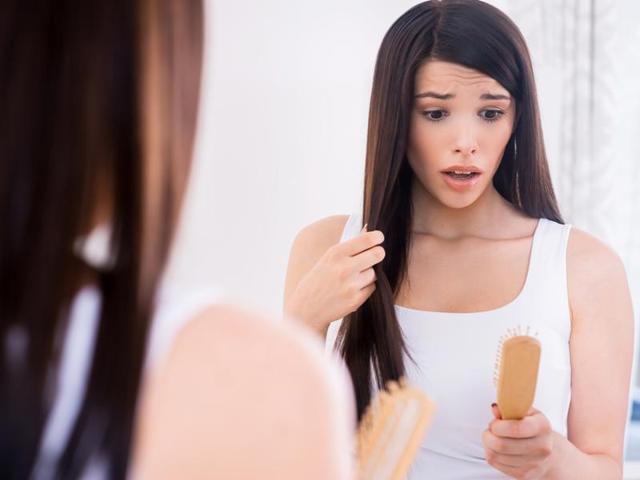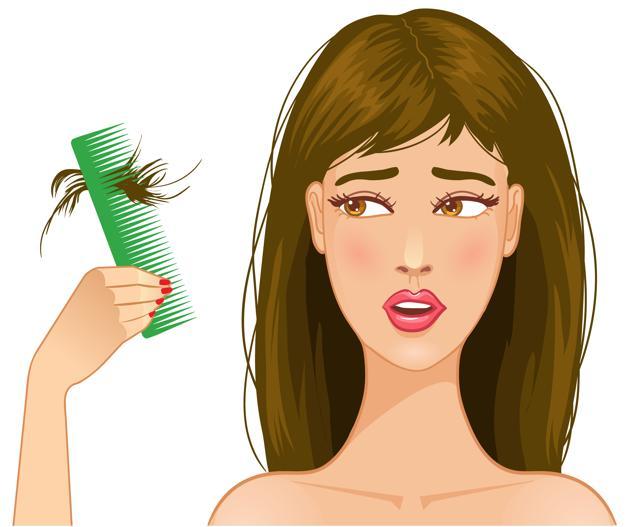Wear your tresses wisely, certain styles can trigger hair fall
You have got to be careful about how you wear your hear, for certain styles can make you lose them faster, claims a new study, finding a strong association between certain scalp-pulling styles and the development of gradual hair loss.
You have got to be careful about how you wear your hear, for certain styles can make you lose them faster, claims a new study, finding a strong association between certain scalp-pulling styles and the development of gradual hair loss.

Around one-third of African-American women suffer from traction alopecia, gradual hair loss caused by damage to the hair follicle from prolonged or repeated tension on the hair root, making it the most common form of hair loss among that group, researchers said.
“Hair is a cornerstone of self-esteem and identity for many people, but ironically, some hairstyles meant to improve our self-confidence actually lead to hair and scalp damage,” said Crystal Aguh from Johns Hopkins University in the US.
Read: Hair loss, depression and more: The little-known side effects of dieting
Traction alopecia is entirely preventable, and early intervention can stop or reverse it, said Aguh.
Researchers categorised hair practices into low, moderate and high risk styles based on the degree to which follicles are exposed to tension, weight, heat and hair-altering chemicals, such as straighteners.
Moderate-risk styles include some of the same styles noted to be high risk, but because they are performed on natural, unprocessed hair, they are less likely to result in hair loss, researchers said.
Low-risk styles generally included low-tension styles, such as loose buns, and loose-hanging styles, such as wearing the hair down, as well as practices that decrease the amount of friction on the hair and scalp and avoid chemical relaxers, they said.

The highest-risk styles include braids, dreadlocks, weaves and extensions, especially when applied to chemically straightened hair, researchers said.
These styles are popular among African-Americans because they are low maintenance and chemical-free, but the constant pulling of the hair in one direction, the tight-locking patterns and added weight can result in significant breakage and eventually traction alopecia, they said.
Damage can also be done if extensions are affixed with adhesive glue put directly on the scalp, especially when the glued-on hair is removed. Chemical straightening weakens the hair shaft, causing breakage, researchers said.
In the more moderate risk category are thermal straightening, permanent waving and use of wigs, they said.
Read: Braid your way to style: Hair is not supposed to look boring
Temporary thermal or heat-related straightening of the hair, such as the use of flat irons and blow drying the hair — while not by itself significantly associated with traction alopecia — can weaken shafts, leading to ‘significant’ hair loss when traction is applied, researchers said.
Permanent waves made with ammonium thioglycolate to create or alter curl pattern, together with added tension from chemical treatment, do the same. And wigs attached with clips and adhesives to keep them in place can cause significant breakage, they said.
Untreated and unprocessed hair can withstand greater traction, pulling and brushing, and overall decrease the risk of traction alopecia, regardless of styling, Aguh added.
The findings were published in the Journal of the American Academy of Dermatology.
Follow @htlifeandstyle for more.
Catch your daily dose of Fashion, Taylor Swift, Health, Festivals, Travel, Relationship, Recipe and all the other Latest Lifestyle News on Hindustan Times Website and APPs.
Catch your daily dose of Fashion, Taylor Swift, Health, Festivals, Travel, Relationship, Recipe and all the other Latest Lifestyle News on Hindustan Times Website and APPs.





